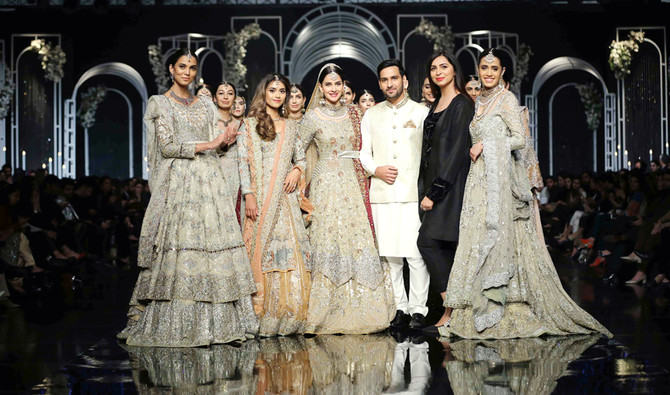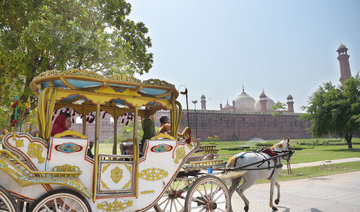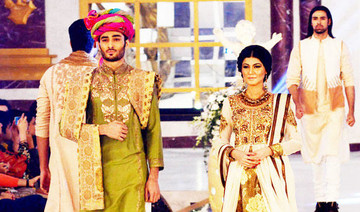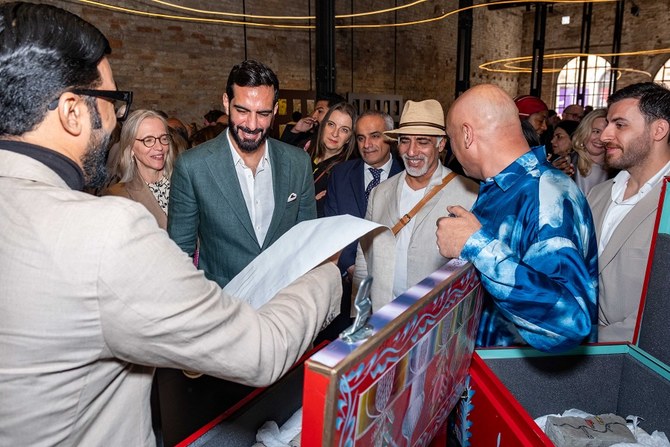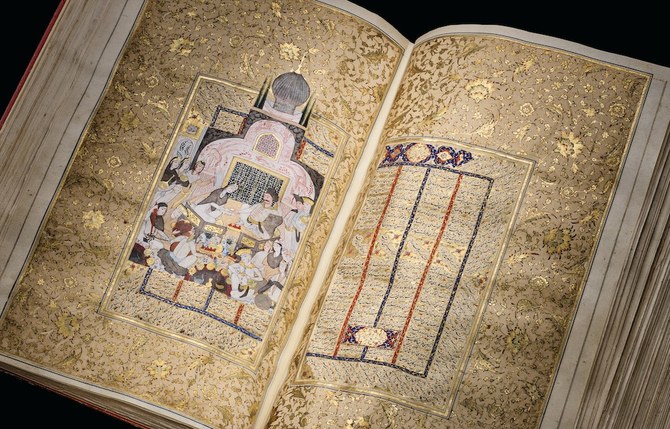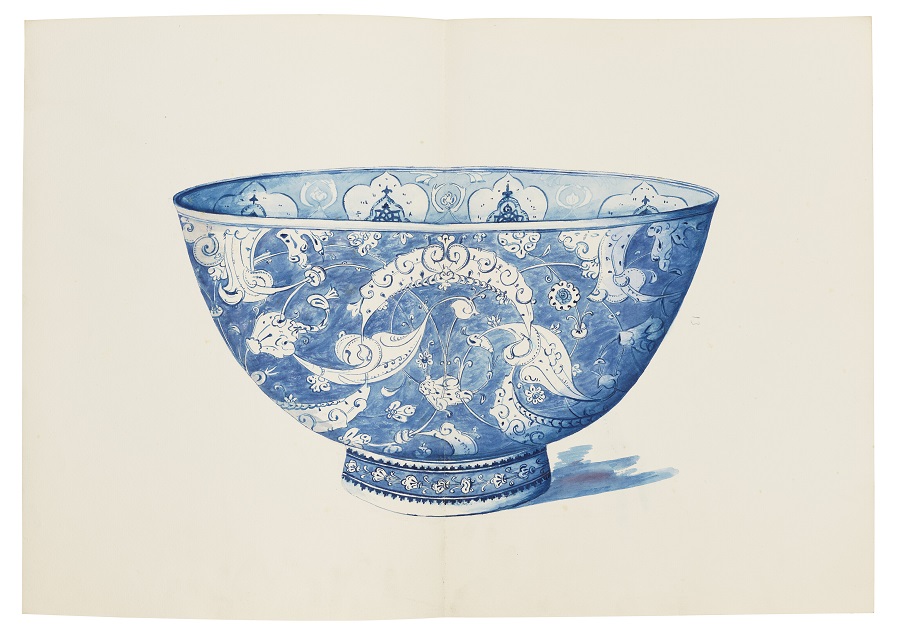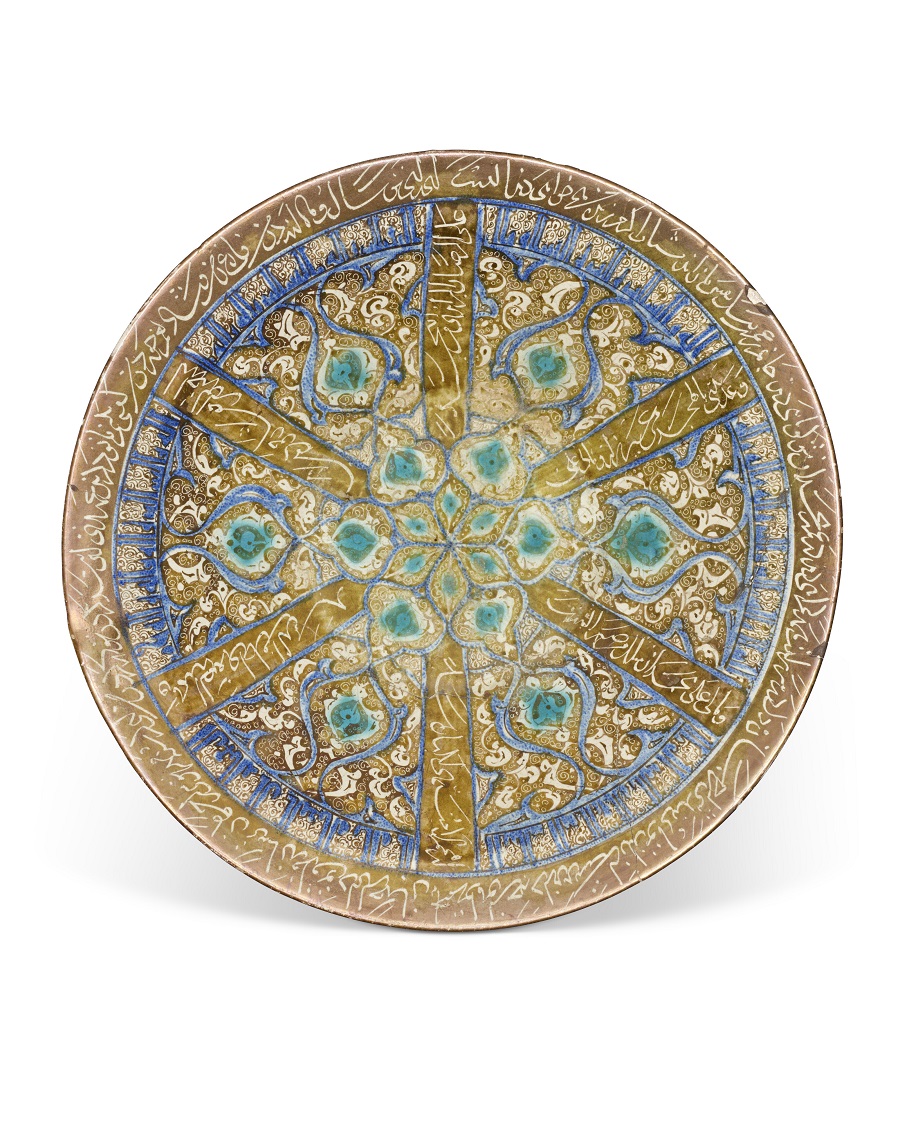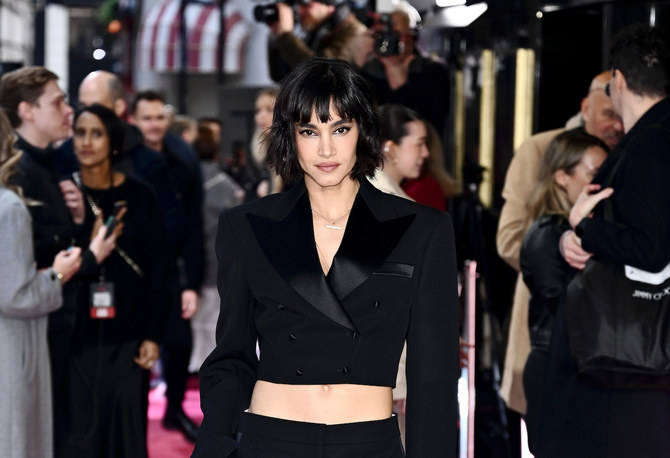LAHORE: Prepare for sparkle, twinkle and shine, Pantene Hum Bridal Couture Week kicked off last night at the Mughal City Gardens in Lahore.
The three-night event sponsored by Pantene and Hum, is a full on, no holds back bridal showcase with designers sharing their nuptial goodies (usually worn by some of our entertainment’s finest) during the height of wedding season in Pakistan.
The runway was held on a shiny, reflective black ramp with a background to match allowing for the designs to shine through with no distractions. The weekend’s showing was indication that when it comes to bridals, retro is the way-to-go! Designers are leading classics, some with a contemporary twist, but mostly bringing back craftsmanship, embroideries, fabrics, colors and styling choices from the days of matrimonial yore.
Veteran couturier Nilofer Shahid opened up night one show with her collection ‘Badshah Begum,’ being one of the designers who gave tradition a remix using both bold, contrasting colors and metallic fabrics that gave an additional layer to her pieces. Silhouettes mostly veered traditional as did the styling with models who wearing regal jewels by Gold by Reama Malik, and the fabric choices were calls to an older time including draped tissue organzas and rich velvets, it was the clever use of jamavaar which gave a contemporary edge to the designs.
Aisha Imran followed with ‘Daastan-e-Ishq’ taking inspiration from the Mughal era -- a favorite of designers and brides alike. Emraan Rajput’s ‘Surkhab,’ too borrowed from Mughals, using ivories, stark whites, peaches and sandy mustards that would be ideal for a spring time groom. His silhouettes stuck to classic cuts: sherwanis, straight trousers and waist coats paired with kameez.
Reema Ahsan’s ‘Dastan’ was a colorful play on bridal wear. Opting for light catching fabrics and more modern cuts, the designer used a unique take on pastels to create a collection that was bright, airy but not overwhelmed by heavily saturated hues.
Tabassum Mughal’s ‘Romantic Musings’ showcase featured not one, not two, but four show stoppers. Actors Ahsan Khan, Sonya Hussayn, Gohar Rasheed and Kubra Khan all took to the ramp for the designer. The collection included color combinations that dominated bridal trends in the early oughts like longer blouses with full length lehngas and crimson reds with orange contrast borders.
Arsalan Iqbal was the second menswear showing for night one. Straightforward, uncomplicated regal designs that would make a home in the the stylish groom (or friend/family member of grooms) wardrobe.
Ansab Jahangir’s ‘Dilara’ had bright colors (think beaming neon greens and oranges) as well as more muted looks working with chromatic silvers and muted pinks.
Faiza Saqlain presented a gorgeous curation of structured a-line gown type bridals equipped with strong, eye-catching embroidery as well as lovely details like jamavaar lining that created interesting juxtapositions against the dupattas as they moved down the ramp on the models.
Night one finished with ‘Mah-e-Mau’ by Sahar Atif, a fun collection that married traditional and today's aesthetic beautifully. Atif sent down familiar cuts of ghararas with long shirts, but also experimented with bold choli cuts against lower rising lehngas and was one of the few designers who let dupattas have their reign.
Night two threw some surprises, but mostly confirmed that designers were going traditional all the way.
Ziggi’s Menswear were the first to walk the ramp with ‘Burda’ an eclectic array of cuts including sherwanis, suits and old school silhouettes mixed on the ramp with printed fabrics and saturated hues.
Aisha Sadya Design House presented ‘Jewels of Secret Garden,’ borrowing from some elements of design that have been staples of the bridal world, Sadya infused a unique touch with unexpected elements like cascading hemlines and alternating fabrics like sheer, satin and tulle to create moving texture.
‘Lisbon’ by Faika Karim showed mehndi greens, rich maroons, rusts and creams -- timeless color choices of the South Asian bridal world and cuts like longer shirts with lehngas and ghararas that have stood the test of time.
Royal Tag’s ‘Winter Stories’ line was clean and structured looks for men whether they were aiming to veer Eastern of Western: impeccable tailoring on sherwanis and waist coats shared the runway with smart three piece suits.
‘Muhabbat Naama’ by Uzma Babar was a creative way of upping the edgy on traditional garments by juxtaposing layers of texture with clever fabric choices and craftsmanship across each ensembles elements, the dupatta, shirt and lehnga.
Everthine by Samar’s collection ‘Aashna,’ was evidently a collection that Samar decided to both have traditional trappings but with some fun involved. Unique color combinations, and 3D touches on dupattas made for cohesive collection. ‘Aashna’ was followed by Haris Shakeel’s ‘Khwabeeda’- a collection of pastels, pearl and bead work.
MNR Studio’s ‘Heer’ concluded the second night of the event and was a theatrical showcase of Pakistani wedding wear. Rich velvets, lots of embroidery, dominating dupattas and an unapologetic throwback to epic proportions of styling (think double dupattas, and dramatic flared ghararas) regally walked down the ramp.











































